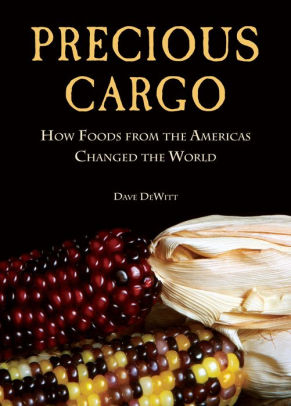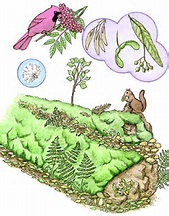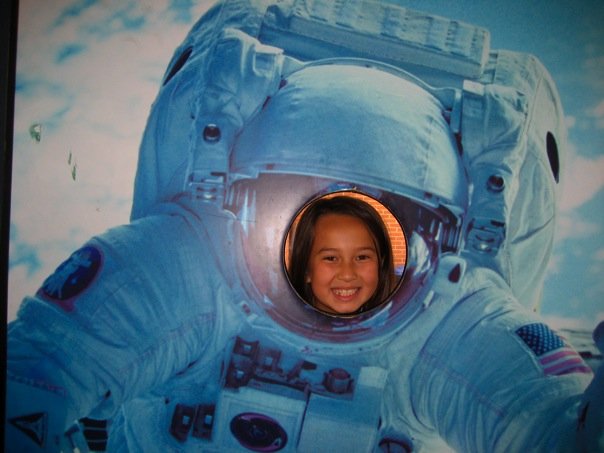I started a conversation while tearing through little bags of stuff from a Blue Apron package. At the time, I did not realize this service to be all that important. I cook. I had no idea that this service was so important to many.A friend let me have the remains of a package that she did not want. I was amused. The great thing was that there were small amounts of spices and condiments. But let me tell a story about cooking in the classroom and sharing the “Accidental Science of Cooking”internationally.
In November of 2002, I wrote a blog, and was invited to a Kid Screen Initiative.In Europe food , sources and preparation are taken very seriously.
I am what I eat , International Seminar as a speaker in Regione ,Lombardia ( Brescia) Italy
The organizer was Eva Schwarswald, throught the office of schools in Lombardy.

I shared classroom experiences, Smithsonian garden resources from ” Seeds of Change” and recipes from my grandmother’s herbal medicine history.
In the presentation I used resources from cultural history , information from the book ” Spoonbread and Strawberry Wine, and the Accidental Science of Cooking at the Exploratorium.
One of my interests is in collecting cookbooks and spices from all over the world. I have cooked in most countries and visited Farmer’s Markets, and local wineries as a part of my travel. I have been seen bringing olive oil, saffron and various spices home from trips around the world.
Precious Cargo: How Foods From the Americas Changed The World


It is and was a hot topic. Children’s Film, Media and Nutrition Education.
This was what I blogged about. http://www.exploratorium.edu/cooking/
School experiences , that is sharing family recipes and making a classroom cookbook are one of the projects we did in a classroom. I learned that if I used a matrix of cultural markers that I could justify adding cooking to the curriculum. Study a country? How and what do they eat. Study a region, what do they grow? What is sold in markets? What do people eat as a part of their daily life.
l learned to do this from the Smithsonian. They sent in a speaker to my classroom during the Cherry Blossom events. The lady came, demonstrated a kimono, had them do art, and at the same time she was cooking. She had their attention. So I learned to add cultural things to my curriculum.
Parents helped me out.When we made bread, that was an all day initiative, but we needed an oven to finish off the loaves.
A parent, Julie Mangis,helped me. She also taught me to create an awesome Gingerbread House lesson.. a little architecture for your holiday.
During the Halloween time, we learned about Curcubita.One plant group with the most species used as human food is the Cucurbitaceae family. Within this family, the genus Cucurbita stands out as one of the most important. Five of its species Cucurbita argyrosperma Huber, C. ficifolia Bouché, C. moschata (Duchesne ex Lam.) Duchesne ex Poiret, C. maxima Duchesne ex Poiret, and C. pepo L.—have been domesticated in the New World and for thousands of years they have been cultivated or at least handled by American societies. We talked the Native American way of growing corn, beans and squash. We found out why peanuts are called ground nuts. We roasted peanuts and pumpkin seeds. We put a bite in the curriculum.
Have you ever heard of a Pineapplelarium? People in England learned to create a way to grow pineapples in their climate.
Rare, exotic and hard to grow, Pineapples were a symbol of great status and wealth in Victorian times. A pineapple on your dining table meant you were a person of discernment, style and affluence.
At the The Lost Gardens of Heligan in England , they believe that we have the only working, manure-heated pineapple pit in Britain today. It was unearthed in 1991 and architectural and horticultural historians spent many months researching the history of its construction and technology. The first structure here was probably built in the eighteenth century.
In many places in the South, Pineapples and exotic fruits and magnolia leaves were used to decorate the Christmas doors. We still do this in Alexandria, Virginia ( in the old mansions) and in Williamsburg, VA.
Food is something we deal with every day. If I were in a classroom today, we would do ESRI story mapping. Where did the food come from and what stops did it make in getting to you. You may recall the National Geographic Lesson on a Chocolate Bar.
We are what we eat! From our ancestors throwing raw meat onto the fire for the first time to teams of lab technicians perfecting the crunch of a potato chip, it is a way to put STEAM into STEM. Interest into history.
What I learned in Europe is that school lunches are serious business and that Europeans spent a lot more money on food. I am sure that they would not approve of Blue Apron,but lots of my friends say that it is how a lot of young people learn to cook.I had HomeEc and my mother’s coaching. At least it is a way to share secrets of cooking.
When I taught in a very poor school I provided food for those who were hungry, but that’s another story.










